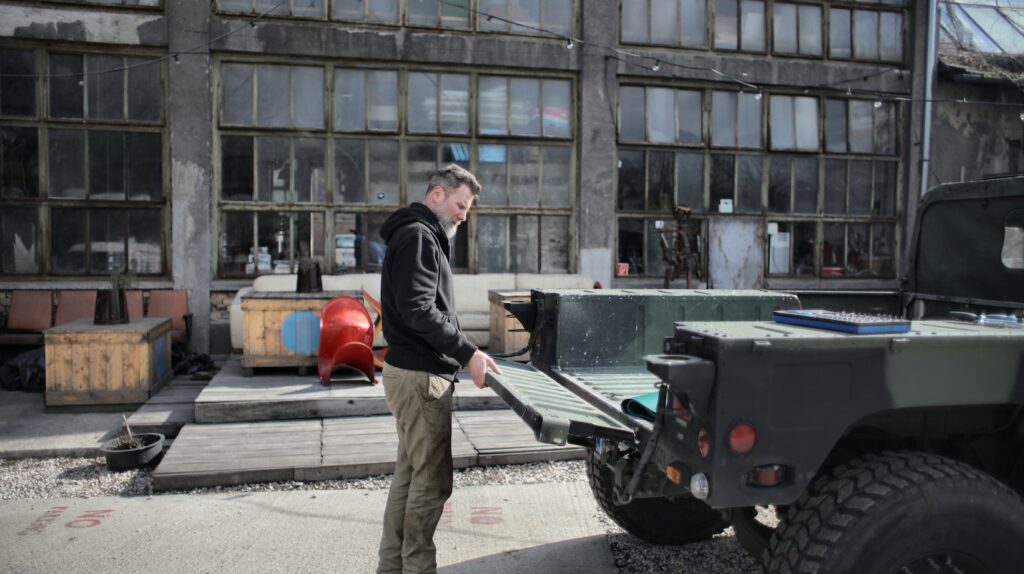
Why did Chick-fil-A stop curbside pickup? It’s a question that has left many loyal customers perplexed and longing for the convenience they once enjoyed. As an expert in the industry, I’ll shed some light on this topic and explore the possible reasons behind this decision.
Firstly, it’s important to note that Chick-fil-A is known for its exceptional customer service and commitment to quality. The decision to discontinue curbside pickup was likely driven by a careful evaluation of their operations and a desire to provide the best experience for their customers. While curbside pickup was undoubtedly convenient, it may have presented certain challenges or limitations that led them to reevaluate its viability.
One factor that could have influenced this decision is efficiency. With a growing demand for their delicious food, Chick-fil-A might have found it more efficient to streamline their operations by focusing on other areas such as drive-thru service or mobile ordering. By reallocating resources and optimizing their workflow, they can ensure faster service and maintain their high standards of food quality.
While the removal of curbside pickup might be disappointing for some customers who relied on this option, it’s important to remember that businesses continually evolve based on various factors such as customer preferences, operational efficiency, and market trends. Ultimately, Chick-fil-A’s decision reflects their commitment to delivering excellent service in the most effective way possible.
Why Did Chick-fil-A Stop Curbside Pickup
The rise of curbside pickup has been a game-changer in the world of fast and convenient dining. With the increasing demand for quick and contactless service, many restaurants have embraced this trend to cater to their customers’ needs. Curbside pickup allows patrons to order and pick up their meals without ever leaving the comfort of their vehicles. It’s an innovative solution that combines efficiency with convenience.
One of the main reasons behind the popularity of curbside pickup is its time-saving nature. In today’s fast-paced world, people are constantly looking for ways to save time and simplify their routines. With curbside pickup, customers can simply place an order through an app or website, drive up to the designated area outside the restaurant, and have their meal brought right to their car. This eliminates the need for parking, waiting in lines, or even stepping foot inside the establishment.
Moreover, curbside pickup offers a level of convenience that traditional dine-in experiences cannot match. Whether it’s bad weather conditions or simply not wanting to deal with crowded spaces, customers appreciate having the option to enjoy their favorite meals from the comfort and safety of their own vehicles. It provides a sense of control over one’s dining experience while still enjoying restaurant-quality food.
Furthermore, curbside pickup has also proved beneficial during challenging times like pandemics or other unforeseen circumstances that may restrict indoor dining options. Restaurants can continue operating by offering this service while adhering to social distancing guidelines and ensuring customer safety.

Operational Challenges
Implementing curbside pickup at Chick-fil-A presented a number of operational challenges. One of the main hurdles was ensuring efficient order management and coordination between the kitchen staff and the curbside pickup team. With an increase in orders for curbside pickup, it became crucial to streamline the entire process to avoid delays and maintain customer satisfaction.
To address this challenge, Chick-fil-A had to invest in technology solutions that could integrate seamlessly with their existing systems. This included implementing order management software that could track orders in real-time and provide accurate information to both customers and employees. Despite these efforts, there were still instances where miscommunication or technical glitches caused delays or mix-ups with curbside orders.
Furthermore, managing inventory for curbside pickup also posed a challenge for Chick-fil-A. The demand for certain menu items varied throughout the day, making it difficult to predict which items needed to be prepared in advance. This resulted in instances where customers would arrive for their curbside pickup only to find out that a particular item they ordered was unavailable.
In conclusion, the discontinuation of curbside pickup by Chick-fil-A appears to be a strategic business decision driven by various factors including operational efficiency, customer demand, space limitations at locations, and potential technology upgrades elsewhere within the organization. Understanding these factors helps shed light on why Chick-fil-A made this change and how it aligns with their overall business objectives. While some customers may miss the convenience of curbside pickup, it’s important to recognize that businesses must constantly adapt and evolve to meet evolving customer needs and optimize their operations for success.












